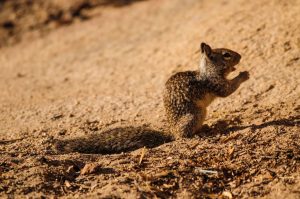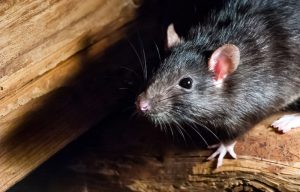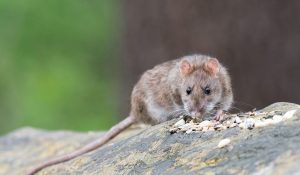Gophers are destructive rodents. They dig burrows, create soil mounds, and consume various foods – destroying lawns and gardens in the process.
If you’re dealing with a gopher problem, it’s important to know what they eat and how to secure or eliminate those food sources on your property.
Here at Smith’s Pest Management, we help customers in the San Francisco Bay Area get rid of gophers daily, and we know exactly which foods these pests prefer.
Keep reading to learn what gophers eat and how to stop them from ruining your outdoor space.
Key Takeaways
- Gophers like to eat a variety of foods, including roots, tubers, grasses, seeds, and flowers.
- Gophers are seasonal eaters, preferring different food sources at different times of the year.
- Protect your plants with tactics like gopher baskets, exclusion fencing, repellents, and live traps to prevent gopher predation.
- A professional team like Smith’s Pest Management can help you control gopher populations and prevent ongoing gopher damage.
What are Gophers?
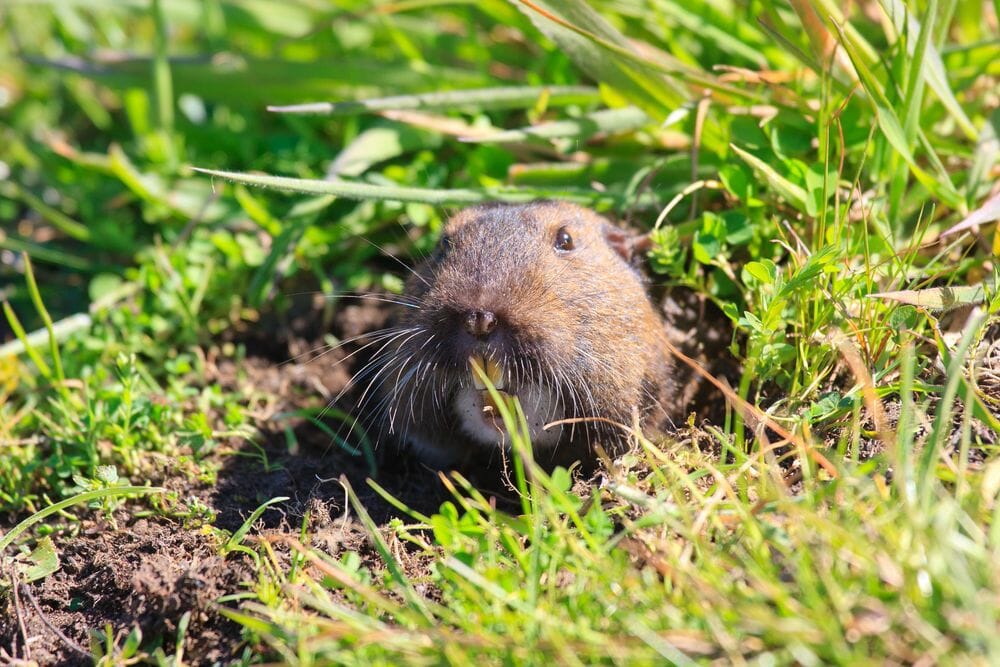
Gophers, scientific name Geomyidae, are medium-sized burrowing rodents. They’re known for foraging underground and digging extensive tunnel networks.
Although there are many kinds of gophers in North America, the most common is the pocket gopher, which exists throughout the Great Plains region.
Since they live, breed, and raise young in burrows, gophers prefer to live in areas with loose, sandy soil that’s easy to dig through.
When it comes to diet, gophers forage primarily on edible plant cover. They consume roots, tubers, and aboveground plants, depending on the season.
Once they locate a reliable food source, gophers will cache as much of it as possible in their burrows, storing food for winter and protecting it from other foraging animals.
Although gophers are primarily herbivores, they occasionally consume insects and small animals, so they can technically be considered omnivores.
Because gophers get ample water from their food, they can survive without a source of open water.
What do Gophers Eat?
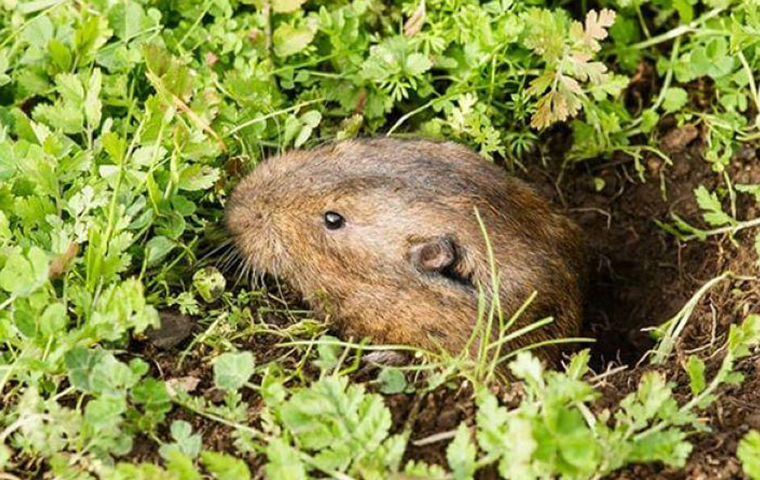
1. Grasses
As herbivores, gophers love to eat grasses. They’re especially fond of varieties of landscaping and turfgrass, including but not limited to:
- Needle and Thread Grass. Needle and Thread Grass is a perennial grass that grows in bunches in dry, sandy soil. Common in rangeland ecosystems, the grass can grow up to 4 feet. This is one of the most common grass species in the areas where gophers like to live.
- Scouring Rush. This native grass looks like long, green reeds. It grows in hot, sunny climates ranging from pastures to dunes. Scouring Rush develops dense clusters on its stems and is a favorite food of gophers.
- Mosquito Grass. Mosquito Grass is a small, native grass usually grown as an ornamental plant, thanks to its ability to thrive in dry, low-quality soil. It produces small purple flowers during the summer and is a favorite food source for gophers.
- Prairie Junegrass. Prairie Junegrass grows in dry, sandy soil. This plant is tall with buds that have red or green stripes. As its name suggests, it’s common in prairies and is an important food source for many animals, including gophers.
- Kentucky Bluegrass. Kentucky Bluegrass is a favorite food of gophers, thanks to its sweet flavor and tolerance for frequent grazing. Gophers favor this grass and will actively seek it out in environments where it is available.
Gophers graze on these grasses aboveground and within the vicinity of their burrows.
In areas where snowpack covers the grass for a portion of the year, gophers will gnaw on the bark of trees or shrubs several feet aboveground.
2. Flowers
Gophers love to eat flowers and can quickly destroy gardens and potted ornamental plants.
They’ll also eat the leaves and stems of flowering plants near their tunnel entrances. Occasionally, they’ll even pull entire plants into their tunnels with them.
While gophers eat various flowers, their favorite are forbs, a family of wild plants categorized by their broad leaves and tasty, herbaceous stalks.
Members of the forb family include sunflowers, spiny asters, watercress, goldenrods, and hyssop. Forbs generally flower, but are not considered shrubs.
3. Seeds
While gophers prefer tender plants, grass, and tree roots as food sources, they’ll eat birdseed when other food is scarce.
They’ll also eat seeds from sunflowers, beans, corn, peas, and alfalfa.
When gophers can find seeds, they often cache them in their burrows for winter.
To prevent gophers from eating birdseed or tearing up your grass in search of it, place bird feeders up high on special raised bird tables and avoid scattering seed throughout your lawn.
4. Roots
Gophers can dig tunnels that are as long as 200 yards. This means that what began as a single, solitary burrow could quickly become an extensive network of tunnels that run under your garden beds, trees, and shrubs.
As they dig, gophers will eat the fleshy portions of the plants they encounter. They’re particularly fond of nutrient-filled roots and bulbs. In gardens, they’ll eat root veggies like carrots and potatoes.
Gophers will also pull entire plants into their tunnels from below and can kill trees by chewing on their roots.
When gophers chew on roots and bulbs, it can be a significant problem because they cause extensive damage – even killing the tree or plant – before you notice.
Fortunately, you can protect your bulbs and plant roots.
Here are a few tips:
- Place wire cages over the plants you want to protect
- Plant bulbs into raised beds with chew-proof bottoms
- Plant trees and shrubs in gopher baskets
- Place gravel and crushed rock into the soil around your bulbs
- Use gopher-repellent granules around your bulbs and shrubs
Exceptions
While gophers are primarily herbivores, they do ingest insects as they forage and, as such, can technically be considered omnivores.
Gophers can also be opportunistic meat eaters when other food sources are scarce.
During these times, they may scavenge for carrion or eat small invertebrates.
Tips for Prevent Gopher Damage
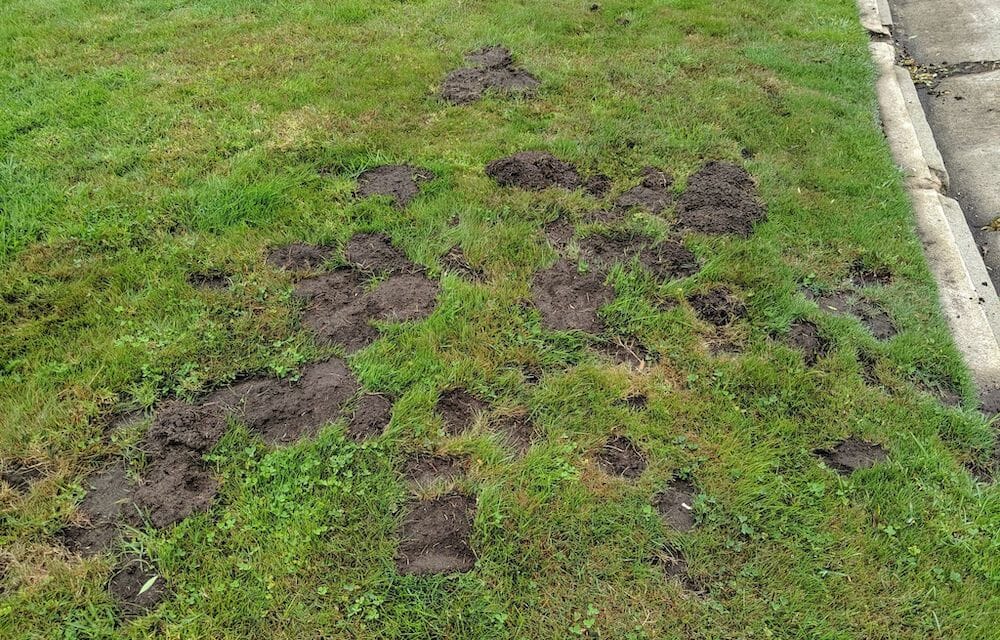
Gophers can do considerable damage to your lawn and garden.
To protect your plants and keep gopher damage at bay, try these prevention tactics:
- Install protective fencing. To protect plants gophers want to eat, like ornamental grasses or flowers, install exclusion fencing around the plants. To keep gophers out, the fencing should be made from fine wire mesh with openings of less than ½” x 1.”
- Use repellents. Purchase store-bought, pre-made gopher repellents and scatter them around the plants you want to protect.
- Place live traps. Keep gophers out of your gardens by using live traps to catch and contain them. If you plan to use live traps, check the rules and regulations in your area first since trapping wildlife is illegal in many places.
For more information on protecting your lawn and garden from gophers, check out our comprehensive blog.
Are Gophers Destroying Your Garden? We can Help!
Gophers can be destructive and frustrating, but you don’t have to live with them forever.
Here at Smith’s Pest Management, we help people get rid of pests for good, including frustrating and destructive gophers.
Our team helps residential and commercial customers throughout Northern California resolve gopher infestations once and put an end to gopher damage, thanks to our effective gopher control service.
Ready to get rid of gophers for good? Call for a free quote today: (408) 871-6988
FAQ
What brings gophers to your yard?
Gophers will come to any yard that offers them ample food and shelter.
Because gophers are herbivores, their preferred food sources are gardens, lawns, seeds, and bulbs. They also like loose soil that they can dig through easily.
To get rid of gophers, it’s critical to remove their food sources by using repellents or installing protective fencing around the plants and landscaping elements you’d like to protect.
What makes gophers go away?
The most effective way to get rid of gophers is with a comprehensive baiting and trapping program that targets the current infestation and prevents the gopher population from re-establishing itself.
If you’re in the Bay Area, contact Smith’s Pest Management for help creating and maintaining a baiting and trapping program.
Can I plant flowers that gophers hate?
Don’t waste our money or energy planting flowers that are supposed to repel gophers. There’s no evidence these tactics work.
Hungry gophers can (and will) eat any plant they encounter, and so-called “gopher-resistant plants” are unlikely to protect your outdoor space.



